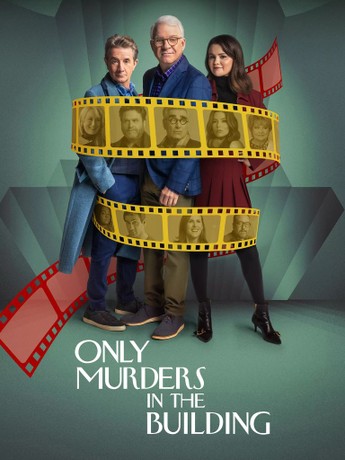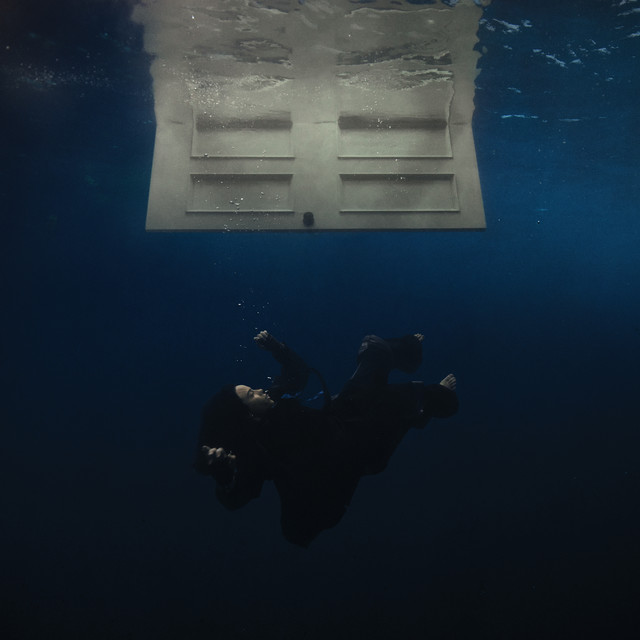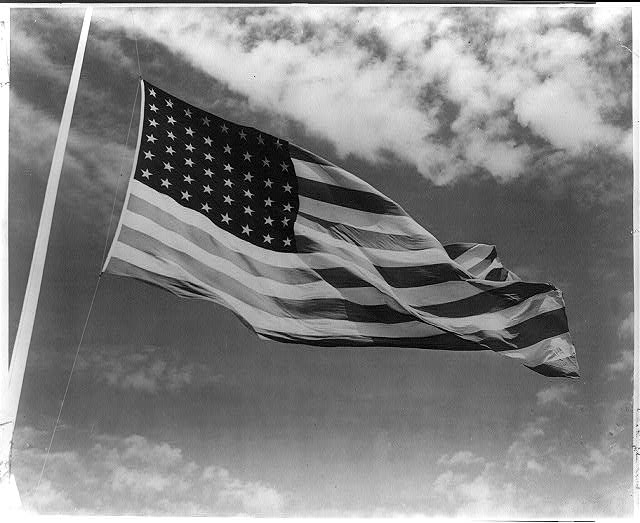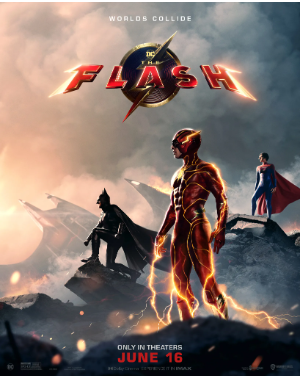
After making the decision to finally finish The Flash TV series this summer, I got the word that there was a The Flash movie coming out; my excitement doubled over the amount that was already there.
Prior to watching the movie many viewers had a lot of inquiries around the controversy of why Ezra Miller (Barry Allen, also known as the Flash, in the The Flash movie) was cast as opposed to Grant Gustin (Barry Allen in the TV series).
I thought this dilemma took place for the same reason Gustin concluded “The Flash” TV show: to spend more time with his family. Yet, according to the director Andrés Muschietti, the reason why Gustin wasn’t cast for the film was because there simply wasn’t enough room for him.
This change in plans didn’t cloud my judgment of the film; my thoughts going into the movie were that the problems Barry would face would be similar to the ones that he faced in the show. Still, I never would have anticipated that the problems in the film would be so nearly identical to the ones encountered in the show.
To give you an idea of my perspective, here is a brief synopsis of the show.
At the age of 11, Barry faces the murder of his mother and his father goes to prison for it. He ends up staying with his crush, Iris West (Candice Patton), and her father, Joe West (Jesse L. Martin). To get justice for his father, Barry grows up and becomes a CSI (Crime Scene Investigator). One night he’s working in his lab, and after the particle accelerator malfunctions, he gets struck by lightning. After being in a coma for nine months, he wakes up in S.T.A.R Labs (Scientific and Technological Advanced Research Laboratories) working alongside his colleagues as “Team Flash” to fight other “meta-humans” (humans with superpowers) like him.
Now if we compare this summary to the plot that we see in The Flash film—here is what’s different.
Barry Allen (Ezra Miller) grows up mourning the death of his mother Nora Allen (Maribel Verdú) and the wrongful imprisonment of his father Henry Allen (Billy Crudup). In an attempt to fix the justice system, Barry grows up to become a forensic lab tech. One day when he’s working in his lab, he gets struck by lightning after a downtown attack and becomes “The Flash.” A couple of days later, he is faced with his father’s trial which is when he meets Iris West (Kiersey Clemons) his crush from high school and an old college friend. While he may be a forensic scientist—to the rest of the world—secretly, he’s a superhero who works alongside other superheroes called “The Justice League” in attempts to save the world and potentially his mother.
Just from the introduction, it appears to me that the director made a summary of the TV show rather than a movie. It’s almost like he watched the entire series and attempted to replicate some of the major events throughout.
Unfortunately, because of this, I also think that this diminishes the originality of the film. From being an obsessive fan of the show to acquainting myself with the film, it was rather effortless to connect the resemblances between the two.


For instance, both productions share the aspect of the ring. This is a trinket that fits the entirety of the scarlet red suit that Barry wears to conceal his identity. Although having a ring like this is handy for someone like Barry it deducts from the significance of the film because the gadget has already been utilized.
Furthermore, even though Barry understands the risks he’s tampering with when he time, travels he still does it to “fix the timeline.” In doing so, he ruins every other aspect of his life. Luckily, the one factor that remains is his friends, Patty Spivot (Saoirse-Monia Jackson) and Albert Desmond (Rudy Mancuso), no matter what timeline he’s in.

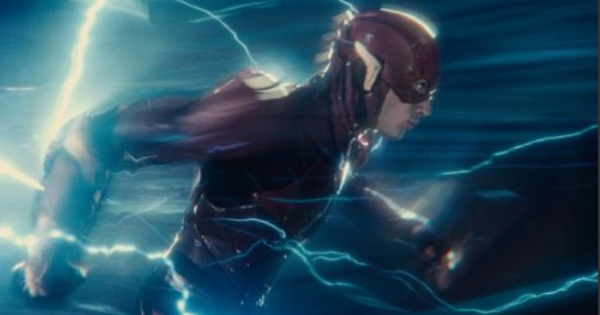
Nonetheless, there are still some components of the film that make it exemplary. One example is the way that Barry runs. In the show, his speed is always red whenever he’s time traveling, rushing to a crime scene, or going into “Flashtime” (when a speedster travels so fast that everything and anyone around him is still). But in the film, Barry’s speed turns blue only in the speed force (the source of his powers) or in “Flashtime.”
This concept to me is compelling, but as far as the special effects being used, they don’t seem “up to par.” I’ve seen better examples of this in the show.

Lastly, another element that I found particularly important was the appearance of Barry’s suit. In the show, Barry’s suit is cherry red and is made up of a “reinforced tripolymer” and a button that activates the cowl.

In the film, Barry’s suit appears to be made out of metal and has yellow lines lighting up over the entire suit. Personally, I’m not a fan of the suit because of its appearance, but I also think that it’s very suitable for Miller’s character.
However, when all is said and done, my final consensus on The Flash movie is that it’s mediocre. Miller’s character should’ve been more developed, tweaks could be done to the special effects, and the plot line could have been less ambiguous in certain scenes. All in all, it’s easier to understand after watching the show because it makes the experience of it more amusing.





















